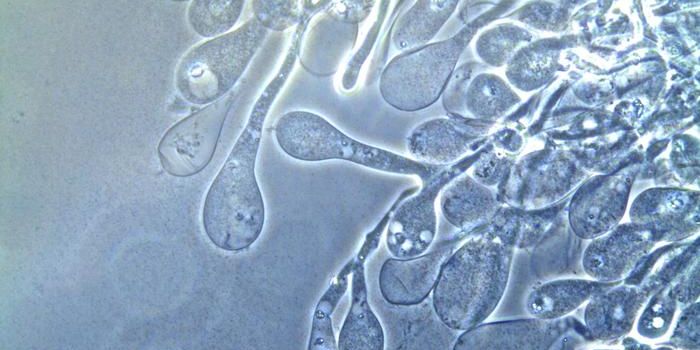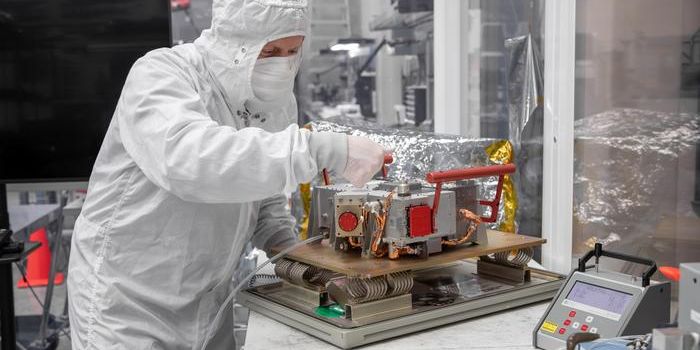One of humankind’s most ambitious goals for the next decade is preparing to send astronauts to Mars for the very first time. Such a feat is projected to happen in the 2030s, but given just how challenging it seems to be getting NASA’s Artemis program kick-started, it’s thought-provoking to wonder if such an optimistic timeline holds any water.
Among the various hazards that Mars presents to potential astronauts, perhaps the most deeply concerning is the augmented levels of radiation. Mars’ atmosphere isn’t as robust as the Earth’s, and neither is its magnetic field. Consequently, this also means that more space radiation is able to reach the red planet’s surface.
Space radiation comes from several sources, including our own Sun and other stellar sources not in our solar system, such as supernovae. It can cause a plethora of complications for humans, like stripping atoms from our bodies, altering our cells and DNA, resulting in radiation sickness, and worst of all, invoking death.
One of the best elements for resisting radiation is hydrogen. For that reason, researchers are experimenting with the idea of making space suits out of hydrogenated boron nitride nanotubes, which are not only strong, but also tremendously resistant to radiation. Similarly, this material would be ideal for lining spacecraft.
There are a lot of ideas for curbing Mars’ space radiation, but with so many years to go before astronauts ever set foot on Mars, there’s still plenty of time to contemplate our options.








